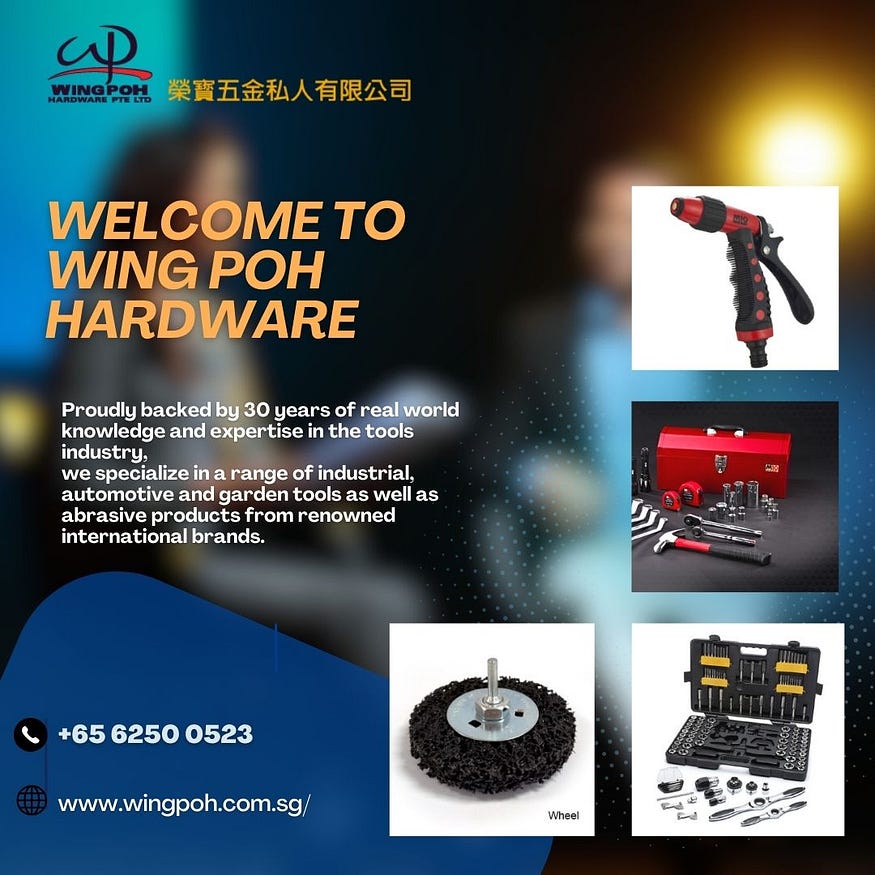Laser Distance Measure
A laser distance measure is a handheld tool used to measure distances accurately and efficiently. It uses laser technology to measure the distance between two points by emitting a laser beam and measuring the time it takes for the beam to bounce back to the device. The device then calculates the distance based on the time the beam returns.
Laser distance measures are commonly used in construction, engineering, surveying, and other fields where accurate measurements are essential. They are often preferred over traditional measuring tools such as tape measures and rulers because of their speed, accuracy, and ability to measure distances over long ranges.
Laser distance measures come in different sizes and shapes, including handheld devices, stand-alone units, and smartphone apps. Some models also come with additional features such as built-in calculators, Bluetooth connectivity, and data storage.
When using a laser distance measure, following the manufacturer’s instructions carefully is essential to ensure accurate measurements. The device should be held steady and pointed directly at the target, and any obstructions in the path of the laser beam should be avoided.
Overall, a laser distance measure is essential for anyone who needs to measure distances accurately and efficiently. It can save time and increase productivity in a variety of industries, making it a valuable investment for professionals and DIY enthusiasts alike.

Laser Distance Meter
A laser distance meter, also known as a laser rangefinder, is a device used to measure distances accurately and precisely. It uses laser technology to measure the distance between two points by emitting a laser beam and measuring the time it takes for the beam to bounce back to the device. The device then calculates the distance based on the time the beam returns.
Laser distance meters are used in a wide range of industries, including construction, engineering, surveying, and landscaping. They are often preferred over traditional measuring tools such as tape measures and rulers because of their speed, accuracy, and ability to measure distances over long ranges.
Laser distance meters come in various shapes and sizes, including handheld devices, stand-alone units, and smartphone apps. Some models also come with additional features such as built-in calculators, Bluetooth connectivity, and data storage.
When using a laser distance meter, following the manufacturer’s instructions carefully is essential to ensure accurate measurements. The device should be held steady and pointed directly at the target, and any obstructions in the path of the laser beam should be avoided.
Overall, a laser distance meter is essential for anyone who needs to measure distances accurately and precisely. It can save time and increase productivity in a variety of industries, making it a valuable investment for professionals and DIY enthusiasts alike.
Laser Level
Introduction
Laser levels are tools that help to ensure that objects are level or plumb. They are widely used in the construction industry, but can also be used for DIY projects around the home. In this article, we will explore the different types of laser levels, how they work, and their applications.
Types of Laser Levels
There are several types of laser levels, including:
Line Laser Levels
Line laser levels project a straight line of laser light that is used to align objects horizontally or vertically. They are commonly used for tasks such as hanging pictures, installing tiles, and aligning cabinets.
Rotary Laser Levels
Rotary laser levels project a 360-degree line of laser light that is used to ensure that objects are level in all directions. They are commonly used in large-scale construction projects, such as building foundations and installing suspended ceilings.
Dot Laser Levels
Dot laser levels project a series of laser dots that are used to align objects at specific points. They are commonly used for tasks such as installing electrical outlets and lighting fixtures.
How Laser Levels Work
Laser levels work by using a laser diode to emit a beam of light. The beam of light is then directed through a lens, which spreads the light out into a straight line or a series of dots. The laser level is then mounted on a tripod or attached to a wall.
When the laser level is turned on, the beam of light is projected onto a surface. The laser level is then adjusted so that the beam of light is level or plumb. This can be done using bubble vials, which are built into the laser level, or by using electronic sensors.
Applications of Laser Levels
Laser levels are commonly used in the construction industry, but they also have many applications in DIY projects around the home. Here are some examples:
Hanging pictures: A-line laser level can be used to ensure that pictures are hung straight and level.
Installing tiles: An A-line laser level can be used to ensure that tiles are installed in a straight line.
Aligning cabinets: A-line laser level can be used to ensure that cabinets are installed level and plumb.
Building foundations: A rotary laser level can be used to ensure that a foundation is a level in all directions.
Installing suspended ceilings: A rotary laser level can be used to ensure that a suspended ceiling is level.
Installing electrical outlets and lighting fixtures: A dot laser level can be used to ensure that electrical outlets and lighting fixtures are installed at the correct height.
Conclusion
Laser levels are versatile tools that can be used for a wide range of applications. Whether you are a professional contractor or a DIY enthusiast, a laser level can help you to ensure that your projects are level and plumb. With their accuracy and ease of use, laser levels have become an essential tool in the construction industry and in homes around the world.



